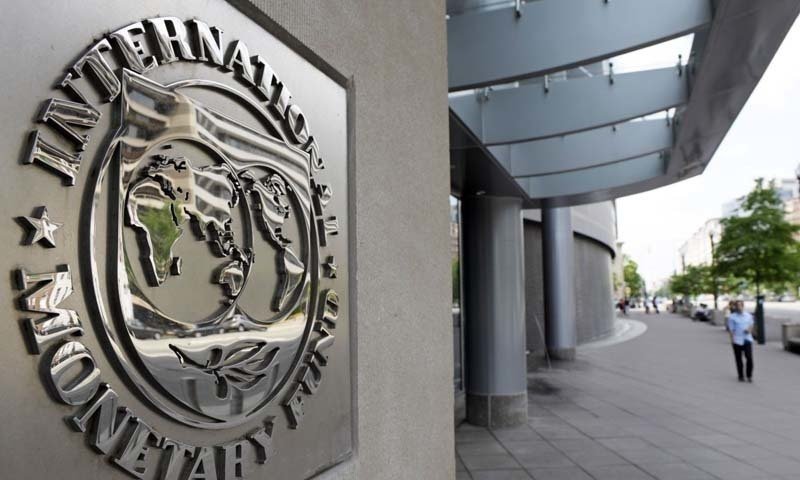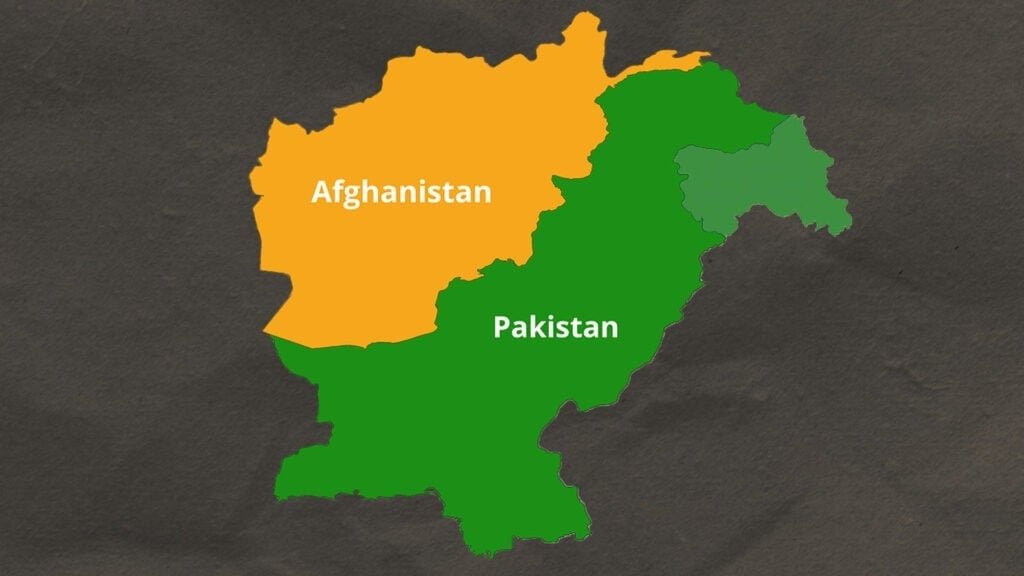Amidst the escalating climate crisis and soaring temperatures, cities worldwide are taking ingenious measures to shield their citizens from the scorching heatwaves.
The situation is turning increasingly worrisome, with current temperature spikes serving as a mere prelude to a troubling trend. The United Nations Intergovernmental Panel on Climate Change (IPCC) predicts that temperatures will persistently rise for the next three decades, even if carbon emissions are significantly curbed. This pressing reality demands immediate and innovative action to confront a hotter future.
Cities, home to over half of the global population, have become hotspots for extreme heat, thanks to the “urban heat island” effect. The proliferation of asphalt, cement, glass, and steel absorbs and traps heat, rendering cities up to seven degrees Fahrenheit hotter than their suburban and rural surroundings. The consequences are devastating, with heatwaves claiming numerous lives, wreaking havoc on infrastructure, and adversely affecting workforce productivity, with the most vulnerable communities bearing the brunt of these impacts.

Click here to read the July issue of Republic Policy Magazine.
In response to this deepening crisis, a groundbreaking initiative has emerged in some cities: the appointment of Chief Heat Officers (CHOs) responsible for devising and implementing strategies to combat rising temperatures. Leading the charge, cities like Miami, Phoenix, Athens, Freetown, Monterrey, and Santiago have taken this crucial step to safeguard their residents from the heat onslaught.















